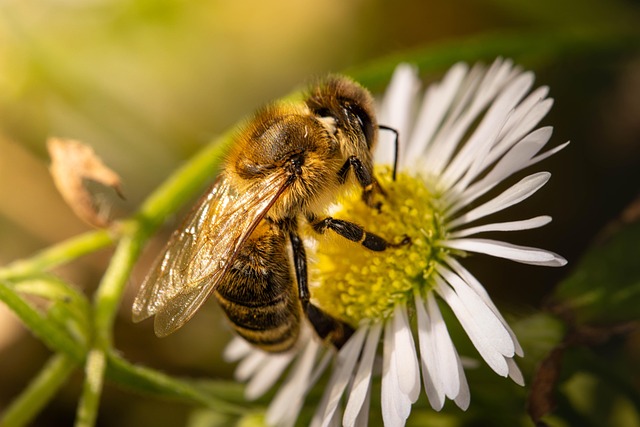When I transitioned to being a stay-at-home mom, the organization of my week took on a newfound significance. I started to view time in distinct blocks—the pre-nap segment and the post-nap segment. That’s ten segments each week that required my attention. By Sunday evening, those ten slots on my mental planner would start flashing, pleading to be filled. An empty schedule would leave me feeling restless by Tuesday.
I usually occupied a few of those blocks with errands, grocery runs, or a cooking activity involving the kids. A trip to the library consumed one unit. On particularly challenging days, we’d visit the pet store just to look at kittens. But that still left five or six segments unfilled—potential hours of solitude and ennui.
These empty blocks are precisely why stay-at-home moms (SAHMs) need their fellow moms. If, like me, you’re distanced from family, your mom friends become your primary support system. When we welcomed our second child, the moms in my neighborhood banded together to create a two-week casserole brigade. (I found myself teary-eyed in my mesh underwear as I served homemade pad Thai on day one. “Maybe we should have a third child just for the meals,” my husband lamented on day 14, sorrowfully cleaning up Marsala sauce with a piece of bread.)
These moms take care of your child during your foot surgery, offer companionship during recovery, and send you links to sales with free shipping. In emergencies, like when my husband had to go to the ER, they swoop in to take care of the kids while I consult with the doctor. They spend hot summer afternoons making lemonade and teaching the kids to play games. They know your son desperately wants a custom superhero cape, so they sew one just for him. They provide invaluable parenting hacks like, “Get two cans of shaving cream, put him in the bathtub, and you’ll enjoy 45 minutes of peace.” In essence, for families with one parent at home, the SAHM community becomes a second family—a brigade of moms and honorary siblings. It’s like Big Love minus the weirdness.
Conflicts and Community
However, like any group, tensions can arise. Perhaps two moms disagree on a relatively minor issue, such as whether to let a child cry it out or how to handle conflicts at the playground. Someone might feel judged or overlooked when outings are planned without them. Or maybe genuine disagreements and personality clashes occur, just as they do in any social setting.
These conflicts can feel magnified for a couple of reasons: first, because it’s a small, somewhat insular world—similar to high school, where you’re part of this community for a limited time, surrounded by the women who happen to be there with you. Second, the women in your SAHM circle fill multiple roles—they’re your coworkers, friends, and your children’s friends. Maintaining these relationships carries significant weight. A falling-out with a fellow mom or the group affects not only you but also your child.
Recently, a friend of mine, Sarah, expressed her frustrations to her brother about a disagreement with another mom in our neighborhood. His dismissive reaction, implying it was trivial and reminiscent of high school, irritated both her and me. It’s worth noting that he frequently relies on her for emergency childcare when he picks up extra freelance jobs. She juggles his two small children along with her own baby and preschooler by inviting a friend over to make homemade pizza, providing entertainment for the kids while giving him a free babysitting day. Yet, he belittles her concerns about the relationships that facilitate this social capital.
This attitude—that the social dynamics among at-home moms are somehow less meaningful than those in other spheres—is quite pervasive. It’s dismissive. For those of us who are home, these relationships are essential to our emotional health, the well-being of our children, and the cohesion of our community. Whether we are at home by choice, circumstance, or a blend of both, we add value to our community by addressing gaps in social support, such as affordable childcare or eldercare. The importance of our relationships is equal to that of anyone else’s. It’s crucial to recognize that workplace dynamics and family interactions can also descend into pettiness. The social dynamics and power struggles exist everywhere.
The Value of Community
As our children have grown older, the number of stay-at-home moms in our community has decreased. I’ve since returned to work, and the greatest loss I feel is no longer being an integral part of that mom community. Those relationships held meaning for me, serving as friendships and a substitute for the extended family I lack nearby. In a world where connections can be scattered and grandparents may not be close by, it is the moms who create a sense of community. They are invaluable.
For more on related topics, check out our blog posts on home insemination kits, like this one, and learn from the experts at this site. Additionally, if you’re curious about the IVF process, this is an excellent resource.
In summary, the relationships formed in the SAHM community are critical for emotional support, social interaction, and overall well-being. They provide a sense of belonging and help fill the gaps that can arise when families are geographically dispersed. These connections are as vital as any other social dynamics and deserve recognition and respect.
Keyphrase: Stay-at-home mom community
Tags: [“home insemination kit” “home insemination syringe” “self insemination”]
